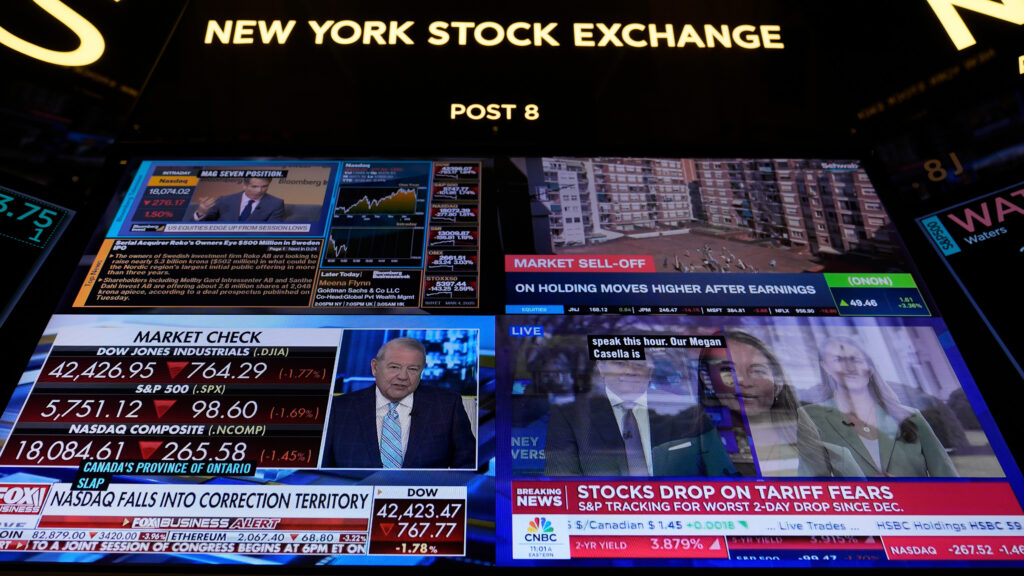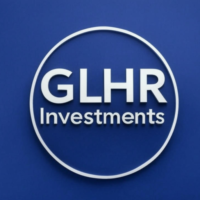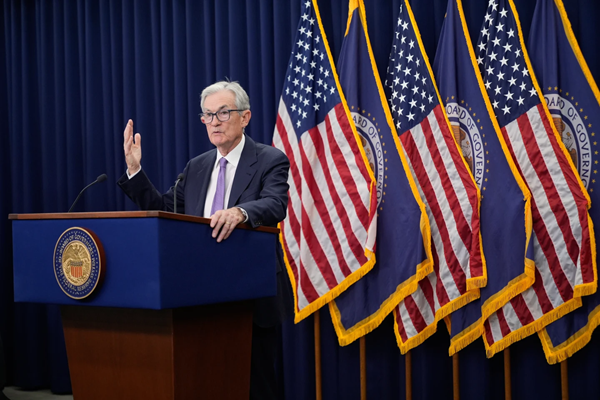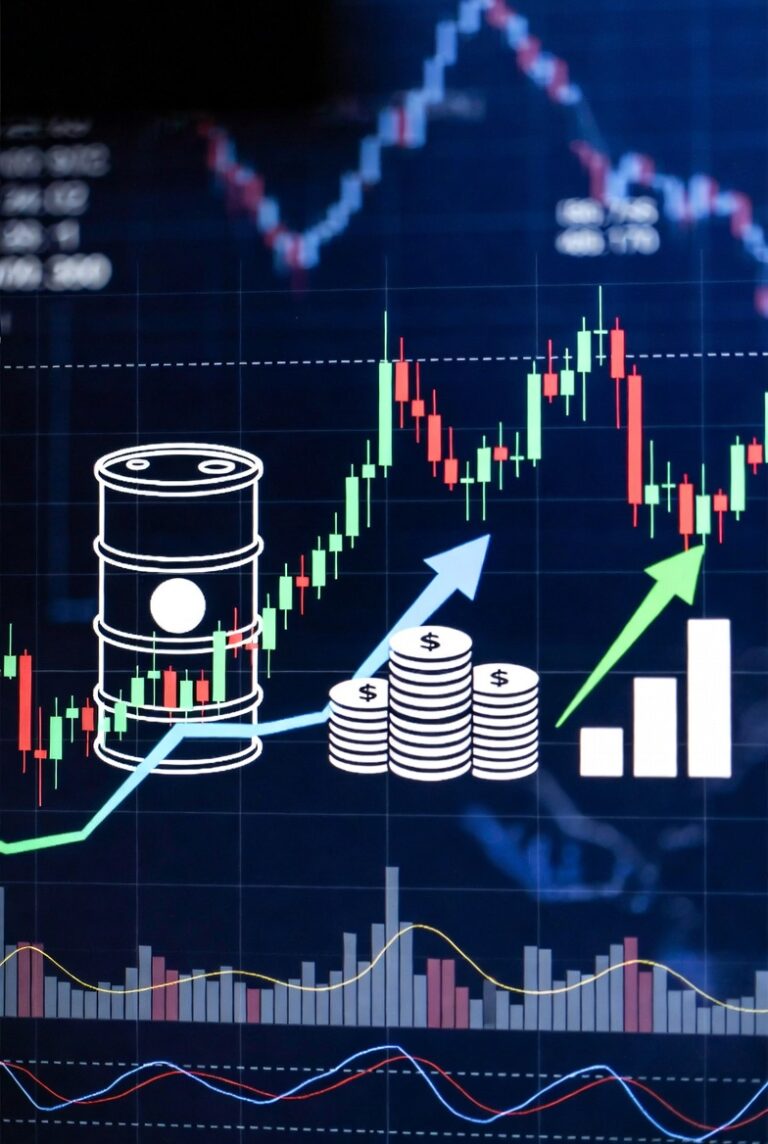
June 2025’s rally sets the stage for July’s opportunities.
At GLHR Investing, we’re unpacking the U.S. stock market’s performance in June 2025, a month of significant gains driven by trade deal optimism and robust economic data, yet tempered by geopolitical and tariff-related volatility. The S&P 500 (SPY) surged to ~6,193 points by June 30, up 4.33% for the month, recovering from a year-to-date decline of 4.17% as of May 23. From Trump’s trade frameworks to the Iran-Israel conflict, what fueled this rally, and what risks linger? With 3.2% CPI inflation, a 30% recession risk (per EY), and looming tariff deadlines, what should investors expect in July? Here’s a comprehensive analysis of June’s market movements, their drivers, and strategies to navigate July 2025’s opportunities and challenges.
- June 2025 Stock Market Performance:
- S&P 500 (SPY):
- Performance: SPY rose from ~$513.88 (May 23 close) to ~6,193 points by June 30, a 4.33% monthly gain, erasing much of its YTD loss (-4.17% as of May 23), per web data.
- Key Movements: The index hit 6,000 points by June 6, up ~14.8–16.7% from May 23, driven by a jobs report (139,000 added) and U.S.-China trade talks, but dipped ~0.5% on June 22 due to Iran-Israel escalation, per web data.
- Volatility: Six 2%+ drops occurred from January 20 to June 6, with VIX contracting to ~20.6, signaling calmer but persistent uncertainty, per web data.
- Other Indices:
- Nasdaq Composite: Gained ~2.18% by June 8, led by semiconductors (e.g., Microchip Technology +25%), but lagged ~0.8–1.2% YTD by June 11, per web data.
- Dow Jones Industrial Average: Up ~4.2% in June, resuming bullish momentum toward record highs, per web data.
- Russell 2000: Rose ~1–1.5%, with 39.1% of stocks above 200-day SMA (up from 32.54% in May), per web data.
- Sectors:
- Gainers:
- Technology: Up 10.3% in May, continued gains in June (e.g., Microsoft +0.5% on June 9), driven by AI optimism, per web data.
- Financials: Up ~10% YTD, with JPMorgan (+25%) and Wells Fargo (+43% in 2024) leading, per web data.
- Industrials: Up ~8% YTD, boosted by tariff-driven domestic production (e.g., Builders FirstSource +7.5%), per web data.
- Consumer Staples: Up ~1–2%, with Mondelez (+15% YTD) and Kroger (+13%), per web data.
- Losers:
- Consumer Discretionary: Down ~1.5% YTD, with Nike (-17%) and Tesla (-20%) hit by tariff costs and spending cuts, per web data.
- Technology (Select): Equinix (-20% YTD) and Accenture (-6.9% on June 20) fell on weaker bookings, per web data.
- Materials: Albemarle (-4.6% on June 20) dropped due to lithium oversupply, per web data.
- Gainers:
- Market Sentiment:
- Investors embraced a “TACO trade” (buying dips on tariff pauses), driving early June gains, but Middle East tensions and trade uncertainty capped optimism, per web data.
- Consumer sentiment sank to 52.2 (third-lowest on record), despite low unemployment (4.2%), reflecting tariff and inflation fears, per web data.
- X posts noted bullish momentum but warned of tariff and geopolitical risks, with smart money eyeing defensive sectors, per X post.
- S&P 500 (SPY):
- What Happened and Why in June 2025:
- Trade Deal Optimism:
- U.S.-China Trade Framework (June 6): Tariffs reduced to 55% from 145%, lifting SPY ~1.5% (June 2–10), per web data. Investors grew desensitized to tariff announcements, supporting a 6.3% SPY gain in May, per web data.
- EU Tariff Pause (July 9 Deadline): Delayed 50% EU tariffs eased market fears, boosting cyclicals, per web data.
- Why: Reduced trade barriers supported tech (e.g., Microsoft +12% YTD) and consumer staples (Mondelez +15%), per web data.
- Economic Data:
- Jobs Report: May’s 139,000 job additions (below 242,000 expected but above 133,000 estimates) drove SPY to 6,000 points by June 6, per web data.
- Consumer Spending: May personal consumption dropped 0.5% (vs. 1.2% expected), signaling softness, but tax cuts from OBBBA ($1,700/family) supported retail, per web data.
- Inflation: June CPI at 3.2%, with core PCE up 2.7% annually (above 2.6% expected), reduced July rate cut odds to 20%, per web data.
- Why: Mixed data (jobs, spending) and contained inflation fueled optimism, but PCE pressures tempered Fed cut expectations, per web data.
- Trump’s Policy Moves:
- Steel Tariffs (June 4): 50% tariffs boosted steel stocks (Cleveland-Cliffs +26%, Nucor +8.3%), with HRC prices at $890/ton (+33.3% since July 2024), per web data.
- OBBBA Tax Cuts (May 22): $3.7T package increased spending (0.3–0.5%) but added $3.1–$3.8T deficits, pushing yields to 4.46%, per web data.
- Canada Trade Suspension (June 27): Trump halted talks over Canada’s digital services tax, causing a ~0.5% SPY dip, per web data.
- Why: Tariffs and tax cuts drove sector rotation to financials and industrials, but trade disruptions added volatility, per X post.
- Iran-Israel Conflict:
- Escalation (June 13–22): Israel’s strikes on Iranian nuclear sites and U.S. bombing (June 21) spiked oil to ~$80/barrel, with a ~0.5% SPY drop on June 22, per web data.
- Ceasefire News (June 24): Optimism lifted SPY and Nasdaq to record highs, per web data.
- Why: Oil price volatility fueled energy gains (ExxonMobil +10% YTD) but pressured consumer discretionary, per web data.
- Critical Assessment:
- June’s rally (SPY +4.33%) reflected trade optimism and jobs data, but tariff uncertainty, geopolitical risks, and consumer weakness (sentiment at 52.2) capped gains, per web data.
- Sector rotation favored tariff-protected and defensive stocks, but high valuations (SPY forward P/E ~21) signal caution, per web data.
- Trade Deal Optimism:
- Expectations for July 2025:
- Market Outlook:
- Volatility: Expected to rise with VIX ~20–25, driven by tariff deadlines and geopolitical risks, per web data. SPY may test 6,200–6,300 but face resistance at all-time highs, per web data.
- Earnings Season: Begins mid-July, with banks (JPMorgan, Wells Fargo) reporting first, expecting 7% EPS growth (down from 12% earlier), per web data.
- Rate Cuts: Fed’s June 17–18 meeting signaled two cuts in 2025 (20% chance in July), potentially lowering rates to 3.50–3.75%, boosting cyclicals but pressuring NIMs, per web data.
- Key Catalysts:
- July 9 Tariff Deadline: Reinstatement of 125% China tariffs could raise costs 5–10%, hitting tech and consumer goods, per web data.
- Nonfarm Payrolls (July 3): Expected at 115,000 (down from 139,000), with unemployment steady at 4.2%, per web data. Weak data could spur rate cut bets, per web data.
- Iran-Israel Conflict: Risk of Strait of Hormuz closure could push oil to $100–$120/barrel, driving inflation to 5–6%, per web data.
- U.S.-China Trade Talks: Ongoing negotiations (post-June 9) could ease tariffs, lifting markets 3–5%, per web data.
- Consumer Sentiment: June’s 60.7 (up from 52.2) may stabilize if inflation cools, supporting retail, per web data.
- Sector Expectations:
- Financials: Likely to rally (XLF +10% YTD) with rate cuts and OBBBA tax cuts, per web data.
- Industrials: Tariff-driven production (e.g., Nucor) and infrastructure spending support growth, per web data.
- Energy: Oil at $80/barrel could rise, boosting ExxonMobil, Chevron, per web data.
- Technology: Mixed outlook, with AI-driven stocks (Microsoft) resilient but tariff-exposed firms (Apple) at risk, per web data.
- Consumer Discretionary: Spending softness (-0.5% May) and tariffs threaten Nike, Tesla, per web data.
- Critical Assessment:
- July may see range-bound trading (SPY 6,000–6,300) unless tariff resolutions or rate cuts spark a breakout, per web data.
- A 30% recession risk (EY estimate, down from 60%) suggests caution, with defensive sectors safer, per web data.
- Market Outlook:
- Investor Strategies:
- Portfolio Allocation:
- Allocate 10–15% to financials (JPM, XLF) and industrials (CAT, NUE), 40% to defensives (JNJ, PG), and 30% to bonds (Treasuries) for stability, per prior analyses.
- Hedge with 3–5% in gold (GLD, +3%) or utilities (XLU, +1%) to counter inflation and volatility, per web data.
- Top Picks:
- JPMorgan Chase & Co. (JPM): ~$287, 2.3% yield, P/E ~12, up ~25% YTD, buy near $280, target $320–$330, per web data.
- Nucor Corporation (NUE): ~$160, 1.3% yield, P/E 11, buy near $150, target $180–$200, per web data.
- ExxonMobil Corporation (XOM): ~$115, 3.3% yield, P/E 13, buy near $110, target $125–$130, per web data.
- Procter & Gamble (PG): ~$165, 2.4% yield, P/E 24, buy near $160, target $175–$180, per web data.
- Financial Select Sector SPDR Fund (XLF): ~$51.94, 1.5% yield, buy near $50, target $55–$60, per web data.
- Timing:
- Buy on SPY dips near $5800 or stock pullbacks (e.g., JPM <$280), per web data.
- Dollar-cost average ($500–$1,000/month) to manage VIX (~20–25), per web data.
- Risks:
- Tariff Escalation: July 9 deadline could hit tech/consumer goods, per web data.
- Inflation Surge: CPI at 3.2%, potentially 5–6% with oil spikes, could delay rate cuts, per web data.
- Recession Risk: 30% probability (EY) may curb spending, per web data.
- Geopolitical Tensions: Iran-Israel conflict and Canada trade suspension add volatility, per web data.
- Portfolio Allocation:
- Conclusion: Seizing June’s Gains, Preparing for July:
- June 2025’s 4.33% SPY rally was fueled by trade deal optimism (U.S.-China framework), jobs data (139,000 added), and tax cuts, with financials, industrials, and energy leading. However, tariff risks, Iran-Israel oil spikes, and consumer softness (sentiment 52.2) kept volatility high. In July, expect range-bound trading (SPY 6,000–6,300) unless tariff resolutions or rate cuts spark a breakout. Investors should buy financials (JPM), industrials (NUE), and defensives (PG) on dips, diversify with XLF, and hedge against inflation and recession risks to navigate 2025’s challenges.
- Why It Matters: June’s market surge (SPY +4.33%) highlights opportunities in tariff-protected and defensive sectors, but July’s tariff deadlines and geopolitical risks demand caution. With SPY down 15.6% YTD and CPI at 3.2%, picks like JPMorgan (up 25% YTD) and XLF offer resilience. GLHR Investing guides you to balance growth and safety, building a robust portfolio in a volatile economy.
Invest smart with GLHR Investing—ride the rally, secure your future!
Disclaimer: GLHR Investing is not a financial adviser; please consult one.








